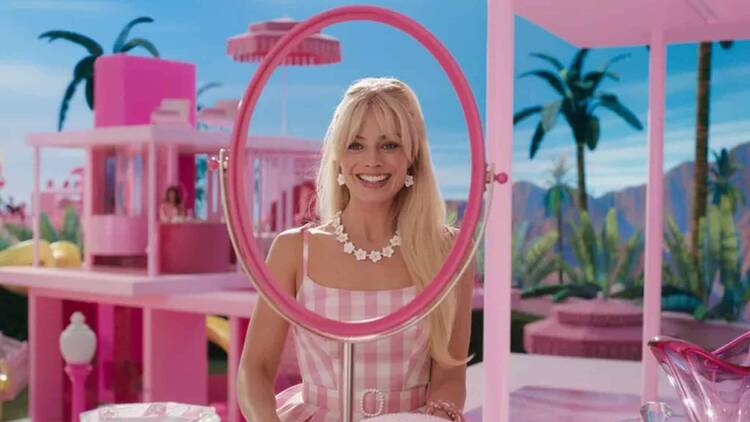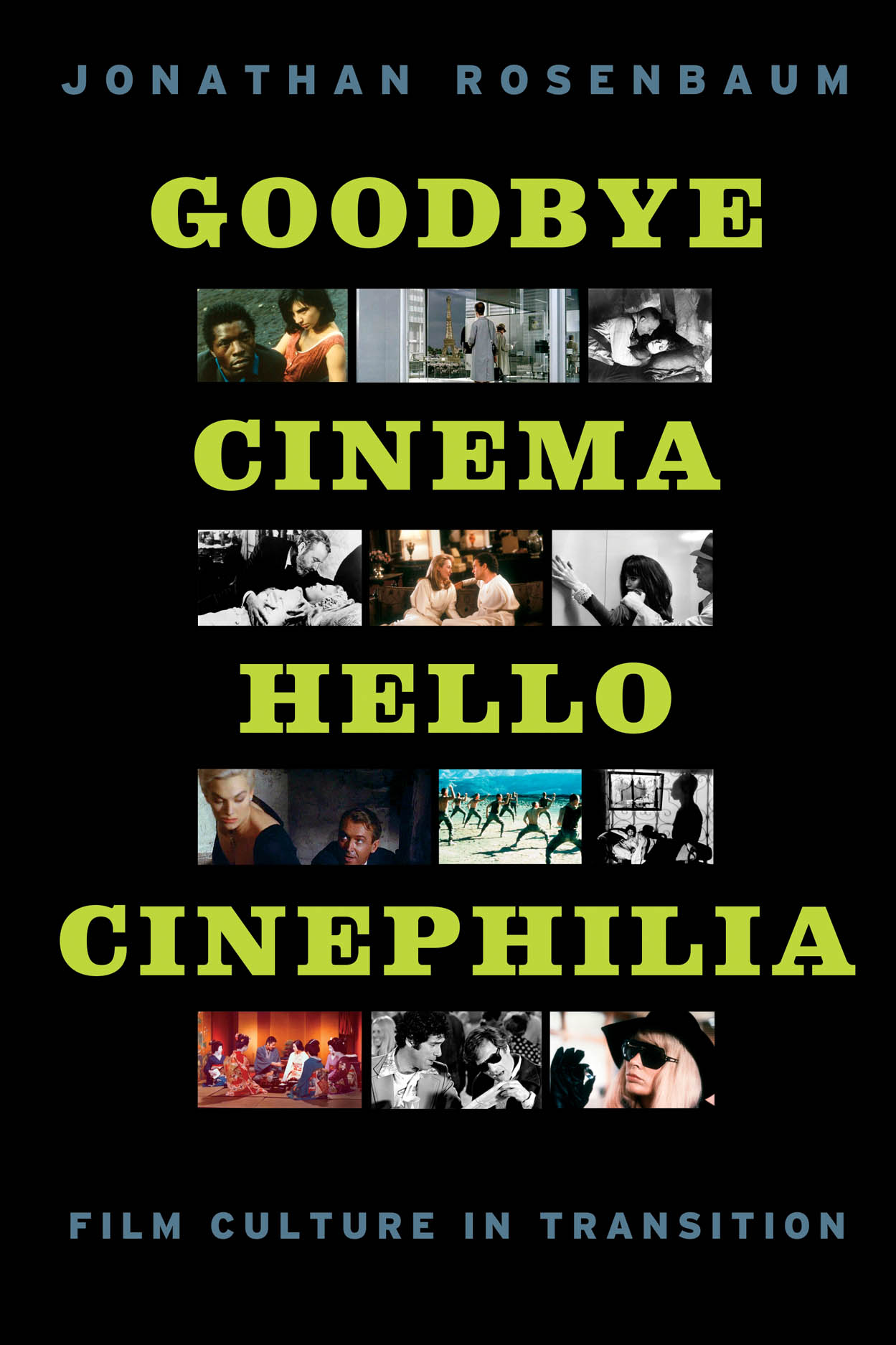The Rise and Reign of Hollywood Blockbusters: A Deep Dive
Hollywood blockbusters are not just movies; they are cultural phenomena. These films often dominate the global box office, set trends in cinema, and capture the public's imagination in ways that reverberate across generations. Their allure is undeniable, and their impact is widespread. But what defines a blockbuster, and how did Hollywood come to perfect this unique form of entertainment? Let us explore the rise and enduring reign of the blockbuster era, delving into its history, defining features, and significance in modern cinema.
The Origins of the Blockbuster Phenomenon
The term "blockbuster" has its origins in World War II, initially referring to bombs capable of destroying entire city blocks. This sense of scale and impact was later adopted by the film industry to describe movies that achieved exceptional financial success. The modern blockbuster as we know it began to take shape in the 1970s with the release of Steven Spielberg’s "Jaws" in 1975. With its groundbreaking use of high-tension storytelling, special effects, and a marketing campaign that set the standard for future releases, "Jaws" was not only a monetary triumph but also managed to create a shimmering appeal that kept audiences returning to theaters repeatedly.
Building on Spielberg’s success, George Lucas ushered in a new age for Hollywood with the release of "Star Wars" in 1977. Its vast universe, innovative special effects, and memorable characters cemented the franchise as a pillar of modern pop culture. "Star Wars" didn't just attract audiences; it created an unprecedented fan base that demanded sequels, merchandise, and everything in between. It was clear that the blockbuster had found a firm footing, capturing the imaginations of people worldwide while virtually guaranteeing large returns on investment.
Characteristics of a Hollywood Blockbuster
Hollywood blockbusters are typically characterized by certain key elements aimed at enhancing their appeal and ensuring their success:
1. **Big Budgets* A primary characteristic of a blockbuster is its hefty production budget, which is frequently in the hundreds of millions of dollars. The investment is often poured into high-quality special effects, renowned directors, and star-studded casts to ensure that the product is both visually stunning and attractive to a wide audience.
2. **Spectacular Visuals and Special Effects* Blockbusters often feature cutting-edge technology and advanced special effects. These visual spectacles demand to be experienced on the big screen, backing the notion that these films are events rather than mere movies.
3. **Strong Marketing Strategies* Successful blockbusters possess extensive marketing campaigns. Promotional efforts include trailers, posters, talk show appearances, tie-in merchandise, and social media buzz. The anticipation building phase itself becomes a part of the experience, turning releases into major events.
4. **Broad Appeal* Blockbusters are crafted to cater to a wide audience, with stories that offer universal themes like love, bravery, and sacrifice. They often incorporate action-packed sequences that require minimal cultural context, ensuring that the films resonate with audiences worldwide.
5. **The Sequel Factor* Successful blockbusters often spawn sequels, prequels, or reboots. This has allowed a multiplicity of universes to flourish, such as those seen in "Transformers," "Marvel Cinematic Universe," and "The Lord of the Rings," creating a lasting legacy and extending the life of the original installment.
Impact on the Film Industry and Broader Culture
Blockbusters have not only reshaped the film industry but have also had a significant influence on broader cultural trends. On the business side, the repeated success of blockbusters has increasingly concluded financial seasons, with major studios hence relying heavily on their blockbuster releases for substantial profit margins. This focus on profitability has shifted the way films are financed and produced, often leading to decreased financial support for smaller, independent films that may lack the mass appeal of a blockbuster.
Culturally speaking, blockbusters frequently intersect with the zeitgeist of their time, often reflecting or shaping public sentiment, technological advancements, or sociopolitical climates. They serve to bridge generational gaps, drawing in viewers of all ages and backgrounds. Iconic lines or scenes from these movies become part of our vernacular, family discussions, and even benchmarks in the future production of films.
However, the dominance of blockbusters can also prompt skepticism among cinephiles and critics, who argue that an over-reliance on these films may overshadow the artistic diversity and creativity typically associated with the art form of cinema. Some express concerns that the prioritization of spectacle over substance may dilute the broader cultural significance that film can achieve as a medium of rich storytelling and expression.
In conclusion, the rise of Hollywood blockbusters represents a fascinating evolution of the film industry. While there are arguments on both sides regarding their cultural and artistic impact, their continued popularity indicates a potent and lasting appeal that resonates with audiences across the globe. The narratives, characters, and groundbreaking effects common among blockbusters not only reflect the era in which they were created but also ensure their place as cornerstones of cinematic history. The next steps for blockbusters will include adapting to ever-changing audience expectations, technological advances, and cultural dynamics, ensuring they remain relevant and influential in the enduring saga of Hollywood filmmaking.
Technological Advancements Shaping Blockbusters
The evolution of technology has played an integral role in shaping the landscape of Hollywood blockbusters. From the groundbreaking stop-motion animation seen in earlier films to today’s photorealistic CGI, the advancement in visual effects has been pivotal in increasing the allure of big-budget films. One of the earliest notable advancements was the introduction of digital effects in the 1990s, with James Cameron's "Terminator 2: Judgment Day" marking a significant milestone for the industry. It successfully blended practical and digital effects, pushing the boundaries of what could be depicted on screen.
Following this success, films such as "Jurassic Park" and "The Matrix" continued to raise the bar by introducing audiences to lifelike dinosaurs and revolutionary visual sequences that engrossed viewers and sparked imagination worldwide. This commitment to increasingly refined and realistic simulations has been one of the driving forces behind the enduring appeal of modern blockbusters. By the 2000s, a shift toward fully digital environments and characters was clearly evident in the likes of the "Star Wars" prequels and "The Lord of the Rings" trilogy, demonstrating the potential of CGI to rival practical effects in creating immersive universes.
Further advancements have been pronounced with the rise of 3D and IMAX technologies, redefining the movie-going experience in the late 2000s. James Cameron's "Avatar" exemplified this leap, with its expansive alien world of Pandora offering new perspectives on what cinematic spectacle could achieve. By transporting audiences into the screen with unprecedented depth and scale, Avatar shattered box-office records and set a new benchmark for blockbuster filmmaking.
The Streaming Era: A New Challenge for Blockbusters?
With the advent of streaming platforms such as Netflix, Amazon Prime, and Disney+, Hollywood’s blockbuster model is facing fresh challenges. These services provide a wide array of content at the touch of a button, creating a new kind of competition for traditional theatrical releases. This change has pushed studios to reconsider their strategies, causing a reevaluation of how blockbusters are developed and marketed in a digital age. While streaming offers easy access and convenience, the cinema experience still holds its unique allure, especially for visual spectacles that demand the fullest sensory engagements.
A notable trend stemming from the streaming era is the rise in blockbuster-style productions tailored directly for digital platforms. These films often carry a grand scope similar to their theatrical counterparts, yet they bypass cinemas altogether, going straight into viewers’ homes. Examples include Netflix’s "The Irishman," which featured high-profile directors and casts while embracing both the epic scale and accessibility that modern audiences favor.
Despite this shift toward home entertainment, there remains something distinctly irreplaceable about the collective experience of watching a blockbuster on the big screen. The pandemic-induced disruptions highlighted the desire for shared experiences, and as cinemas reopen, large-scale films like "F9: The Fast Saga" and "No Time to Die" have proven that theatrical releases continue to generate significant interest.
Cultural Representation and Diversification
The modern blockbuster is not simply about seismic effects and sweeping storytelling but is progressively becoming a platform for more inclusive representation. These films are increasingly reflecting the diverse cultures and perspectives that define contemporary audiences. The past few years have seen Hollywood taking strides toward inclusion and representation, as exemplified by movies such as "Black Panther," which celebrated African cultures within a superhero narrative, amassing both critical acclaim and commercial triumph. Its success resonated strongly, demonstrating that films centered around diverse narratives could find significant success without compromising artistic vision or commercial viability.
Similarly, films such as "Wonder Woman" and "Crazy Rich Asians" have played crucial roles in shifting the perception of how women and different ethnic communities are portrayed in mainstream cinema. These films not only empower underrepresented groups by providing examples of positive representation but also reflect changing audience expectations.
However, the road toward diversity is still in its infancy, and many argue that considerable work remains. Representation behind the camera is also crucial, and efforts are being directed at creating a more inclusive pipeline of talent as directors, writers, and producers. The industry, led by forward-thinking creatives and studios, is gradually recognizing the diverse audiences it serves and the rich stories that demand to be told.
The Future of Hollywood Blockbusters
As the film industry continues to evolve, so too does the blockbuster. Emerging technologies like virtual reality (VR) and augmented reality (AR) are poised to offer new dimensional experiences, transporting audiences into realms that were previously confined to imaginations. New filming techniques, such as those involving LED walls and real-time rendered environments seen in "The Mandalorian," herald further transformations. These innovations promise to revolutionize how stories are told, posing intriguing possibilities for the future of cinematic engagement.
While the prevailing template of the blockbuster will likely persist, with large budgets, high stakes, and global reach, the depth and complexity of stories continue to expand. Originality and diversity of content will be essential in addressing the waning patience of audiences for formulaic narratives and maintaining the freshness that keeps cinema alive.
In conclusion, Hollywood blockbusters stand as a testament to both the incredible creative capabilities and cultural influences of film. As our technology, societies, and expectations continue to evolve, these films will need to innovate and adapt, finding ways to surprise and delight audiences while retaining the magic that originally positioned them as cinematic juggernauts. Whether this is through new technologies, more precise representation, or completely reimagined business models, one thing remains certain: the blockbuster will endure, overcoming challenges as it continues to capture the hearts of generations to come.
The Globalization of Blockbuster Cinema
As Hollywood blockbusters have matured, their scope of influence has expanded beyond American shores, embracing a global audience and, in turn, being shaped by international perspectives. This globalization of cinema has been crucial in the growth of the blockbuster model, with an increasing portion of box office revenue generated from international markets. The importance of catering to diverse audiences has prompted studios to consider cultural sensibilities and interests when crafting their films.
For example, franchises like "Fast & Furious" have succeeded by incorporating international locations, actors, and multicultural elements within their narratives, broadening their appeal. Similarly, "The Avengers" franchise deftly combines universal themes with specific cultural nuances, making it a global favorite. The business model has been adjusted accordingly, with strategic release dates and marketing campaigns tailored to various countries, ensuring optimal reception and performance worldwide.
Conversely, the global demand for high-quality entertainment has sparked increased opportunities for co-productions between Hollywood and other film industries. China's rapidly growing market has been particularly influential, with collaborations such as "The Great Wall" and "Warcraft" showcasing a fusion of Hollywood expertise with local storytelling—an approach that benefits both industries by pooling resources and expanding potential audiences.
Influence and Criticism: A Double-Edged Sword
Despite their popularity, Hollywood blockbusters have not been immune to criticism. While they wield significant influence in filmmaking and entertainment, their dominance has faced charges of perpetuating specific industry issues. Critics argue that the prioritization of profit over artistic innovation can lead to formulaic storytelling, repetition, and a lack of risk-taking in mainstream cinema. The tendency to rely on remakes, reboots, and extended universes is often cited as stifling originality and limiting opportunities for new narratives to grace the silver screen.
Furthermore, some blockbusters have been critiqued for perpetuating stereotypes or superficial representations, raising concerns over cultural sensitivity and authenticity. This has led to fierce debates over the responsibility of big studios to accurately reflect diverse narratives rather than succumbing to reductive archetypes that persist in popular culture.
That said, it is crucial to recognize that blockbusters are not a monolith. The evolution and diversification of blockbusters have allowed them to embrace critical discourse constructively. By acknowledging these criticisms, the industry is presented with the opportunity to grow and adapt, developing films that resonate with audiences on a more profound level while continuing to entertain.
The Audience's Role in Shaping Blockbusters
An undeniable aspect of the blockbuster phenomenon is the active role audiences have played in shaping its trajectory. With unprecedented access to digital platforms and social media, audiences today possess the tools to influence blockbuster production in previously unimaginable ways. Social media platforms allow fans to express their views passionately and candidly, providing filmmakers with real-time feedback that can shape future storytelling directions.
Case in point: the power of fandom in reviving franchises has been demonstrated by the ReleaseTheSnyderCut campaign, which successfully brought a director’s preferred version of "Justice League" to light. This new dynamic emphasizes the need for studios to engage with their fanbases actively, acknowledging that audiences can no longer be passive consumers of content but active participants in the narrative journey.
Moreover, fan theories, discussions, and critiques create vibrant communities that keep enthusiasm alive between releases, while also providing insights into what resonates most with the public. Engaging audiences through virtual and augmented reality experiences, interactive promotions, and mobile applications can also strengthen connections, creating a more immersive and dynamic entertainment ecosystem centered around blockbuster films.
Conclusion: Blockbusters at the Crossroads of Innovation and Tradition
Looking ahead, the blockbuster genre stands at a crucial crossroads. The foundation laid by cinematic giants such as "Jaws," "Star Wars," and "Avatar" continues to shape the ambitions of filmmakers worldwide. Still, the future promises to bring changes driven by technology, shifting cultural attitudes, and evolving audience expectations that will prompt both challenges and exciting opportunities.
To maintain their relevance and vitality, blockbusters must ultimately balance their historic foundations with innovation. Embracing new creative voices, diversifying representations, and utilizing advanced technologies will play integral roles in ensuring these films remain integral to both the cinematic landscape and broader popular culture. Simultaneously, maintaining a commitment to storytelling craftsmanship and respecting the intelligence of global audiences will be essential in navigating this landscape.
In their essence, blockbusters have always thrived by transporting audiences to realms of wonder, escapism, and adventure—a testament to the enduring power of human imagination. As cinema continues to evolve, so too will the blockbuster genre, charting a course that reflects both time-honored traditions and forward-looking innovations, securing their place as a cornerstone of global entertainment in an ever-changing world.





















Comments